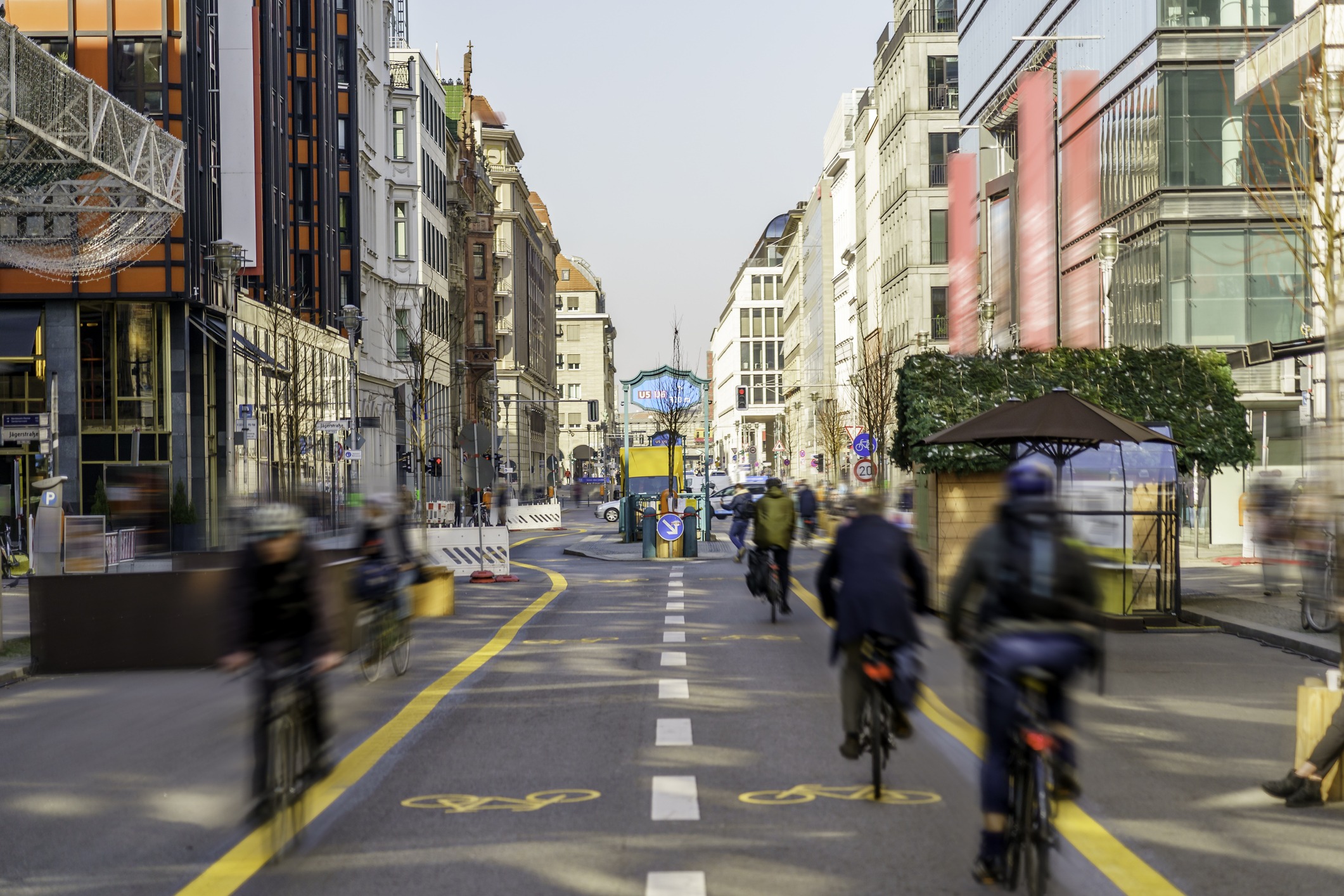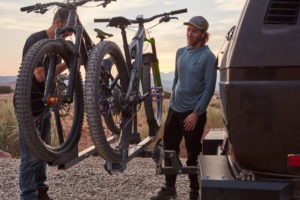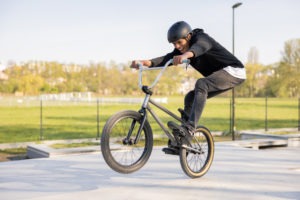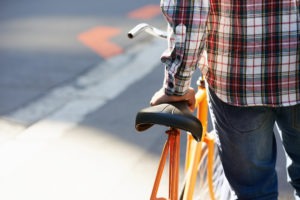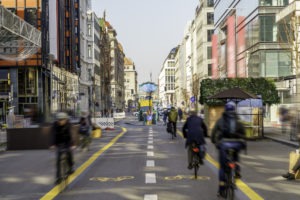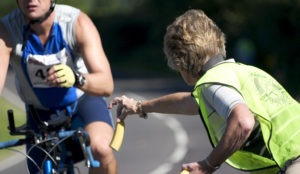Biking in the city has its rewards. You are relatively free from the gridlock of traffic, you don’t have to stress about parking a car, and you can often find more direct routes to your destination than you would if going by car. But let’s face it. Urban biking can also be nerve racking if not downright scary. Below are some tips for making your urban biking experience safer and more pleasant.
Read additional bike safety tips for commuters – https://www.the-house.com/portal/bike-safety-tips-commuters/.
The Basics
When you are riding your bike, you are considered a vehicle and must therefore follow the signs and laws just like the driver of a car must. This means stopping at red lights and stop signs, yielding to pedestrians under any circumstances, and riding with the flow of traffic. Experts recommend riding at least three feet away from cars parked on the side of the road, in the event a driver swings her door open suddenly. Visibility is key. This means wearing white or bright clothing. At night, wear a light or reflective tape. By the same token, you can’t assume a driver always sees you, so you need to proceed with caution accordingly. And always wear your helmet.
Knowing the Laws
Bike laws can vary by state. For instance, Idaho does not require cyclists to stop at stop signs. It’s important that you’re aware of your rights as a cyclist, but you can’t assume that drivers will always know what rights cyclists are entitled to. Experts strongly caution cyclists not to push their luck, as a driver can easily win a battle of wills no matter what the law says about a cyclist’s rights.
Signaling
Drivers rely on bike riders to use hands signal to indicate what they’re about to do. Fortunately, bike signals are simple and easy to master. To indicate that you are about to stop, hold your left arm down at an angle. To indicate that you want to turn left, hold your left arm straight out to the side. And to signal a right turn, either hold your left arm up, bent at the elbow, or hold your right arm out straight to the side.
Outfitting Your Bike
How you accessorize your bike will depend on exactly what you use it for. Accessories matter for safety because you don’t want to attempt riding while carrying too much the wrong way. If you are a student riding to and from classes, your backpack might be adequate to hold your books and school materials. But if you’re a parent doing the grocery shopping by bike, then you will likely need more cargo room. In that case, a basket, rear rack, or panniers—or a combination of these—will come in handy. At the top end of the spectrum, a bike trailer has the most capacity and will make your shopping much easier.
Because road surfaces can be wet and dirty, it’s important that your bike is properly outfitted with fenders. Fenders will keep you dry and keep grime off your bike and out of your drive train. It’s also important to carry a mini pump and patch kit in case you get a flat. Finally, a having a good bike lock is a must, to make sure your trusty ride doesn’t fall into the wrong hands.
Learn how to bike safely with your dog – https://www.the-house.com/portal/biking-safety-biking-with-dogs/.
Sources:
https://www.hsph.harvard.edu/bikes/safety-tips/
https://www.rei.com/learn/expert-advice/urban-bicycling.html
